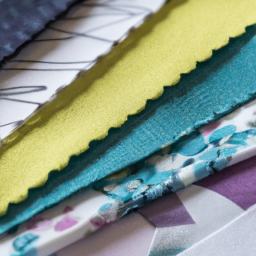

Whether you are a hobbyist or a professional seamstress, keeping your fabric in place while cutting patterns is crucial for obtaining precise results. This is where sewing fabric weights come to the rescue! Fabric weights are small objects, often made of metal or plastic, used to hold down fabric layers securely, preventing them from shifting during the cutting process. They are an essential tool in any sewing enthusiast’s kit.
The Benefits of Using Fabric Weights
Traditionally, many sewers would employ pins to anchor their fabric. While pins get the job done, they can leave holes and marks on delicate and expensive fabrics. Fabric weights offer numerous advantages:
- No damage: Unlike pins, fabric weights won’t leave unsightly puncture marks or damage your fabric in any way.
- Secure and accurate: Fabric weights ensure your fabric stays flat and in position, allowing you to achieve precise cutting lines and accurate patterns.
- Time-saving: With fabric weights holding your fabric in place, you can cut patterns quickly and easily, without the need to constantly adjust and readjust pins.
- Versatility: Fabric weights can be used on various fabrics, from lightweight chiffon to heavy denim, making them a versatile tool for any sewing project.
Types of Fabric Weights
Fabric weights come in different shapes, sizes, and materials. Here are some commonly used types:
- Metal washers: These are inexpensive and easily available. They provide a decent weight and have a convenient hole in the center for easy handling.
- Bean bags: These soft fabric weights are filled with small grains, such as rice or dried beans. They are gentle on delicate fabrics and can mold around complex shapes.
- Magnetic weights: Made with magnets embedded in their core, these weights are perfect for holding down fabrics without any slippage. They are particularly useful when working with vinyl or leather.
- Hinged weights: These weights feature a hinged design that clamps onto the fabric, securely holding it in place. They are excellent for heavyweight fabrics.
Using Fabric Weights Properly
To make the most of your fabric weights, follow these simple tips:
- Place the fabric on a flat and sturdy surface, such as a cutting mat or table.
- Position the weights at regular intervals along the edges and throughout the fabric, ensuring it lays flat and taut.
- Use additional weights around intricate curves or corners to prevent them from shifting.
- Ensure the weights are placed close to the cutting line to achieve accurate patterns.
- Once the weights are in place, gently smooth the fabric over them to remove any remaining wrinkles.
With fabric weights in your sewing toolkit, you can say goodbye to uneven patterns and time-consuming pinning. Embrace this simple and efficient tool, and watch your sewing projects take on a whole new level of precision!
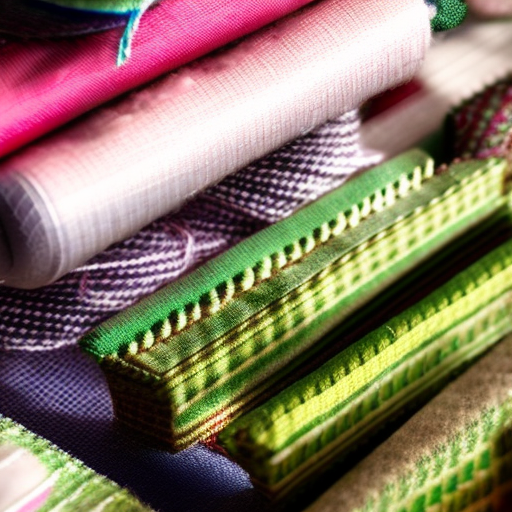
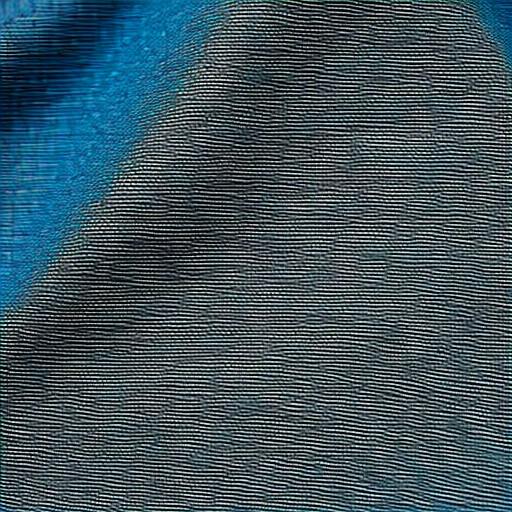
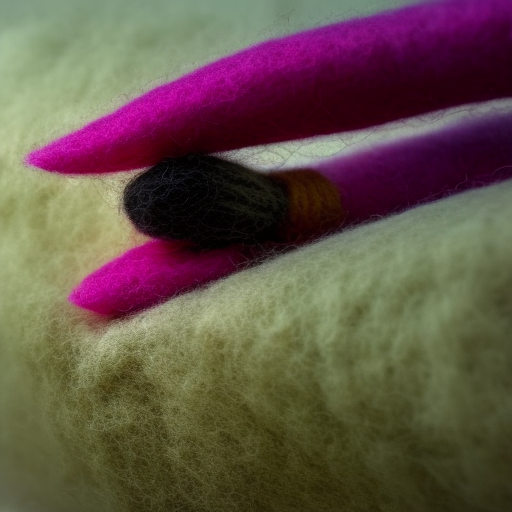

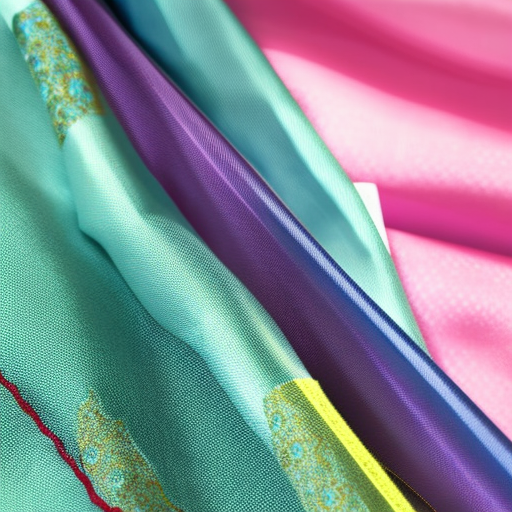
Great idea!
Very clever and simple way to prevent fabric from slipping around when cutting or sewing! Wonderful idea and a great way to use fabric scraps! What a smart way to keep fabric steady while sewing. Bravo for coming up with this creative and useful solution!
Absolutely genius idea! This has been a struggle for me ever since I started sewing and this should solve the issue quickly and easily!
These are fabulous solutions for fabric slipping when sewing! Such a creative and innovative hack – I love that fabric scraps are being recycled for this purpose too!